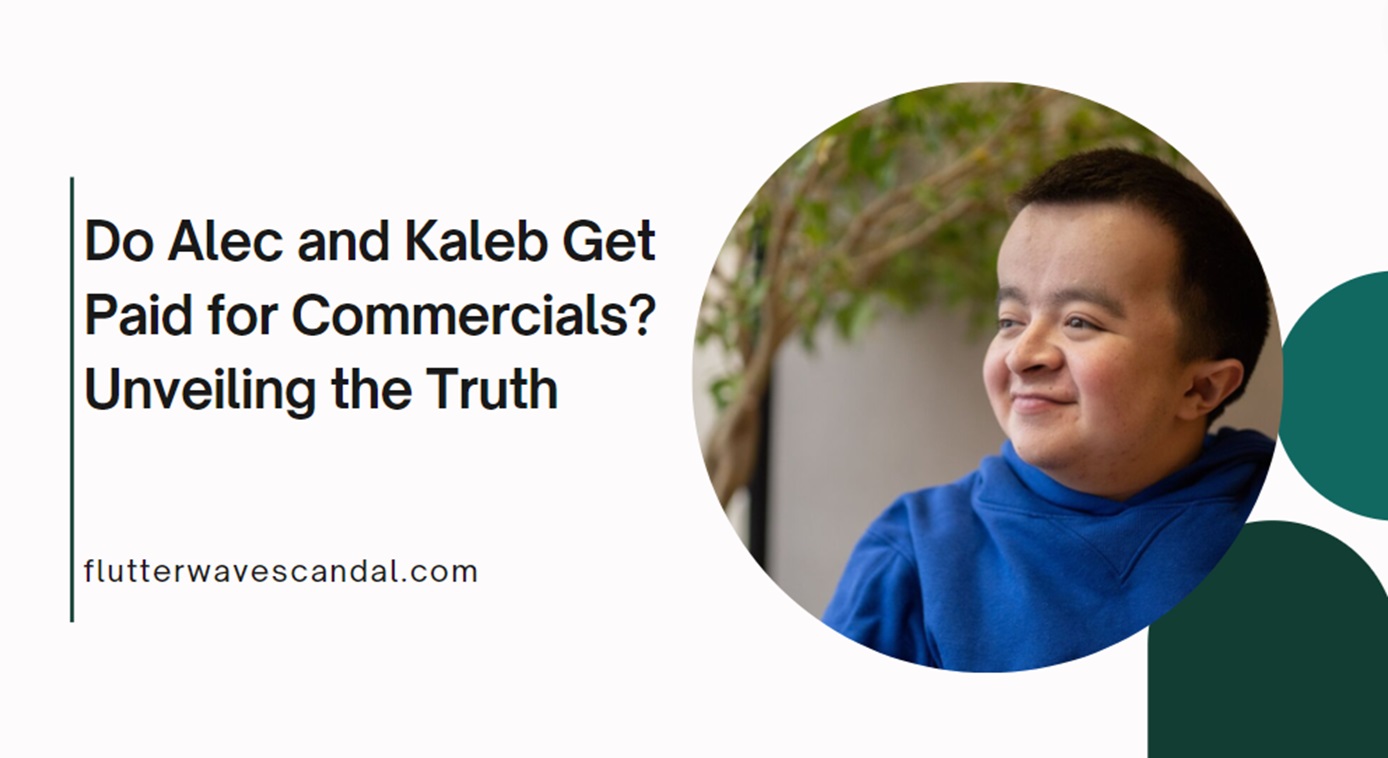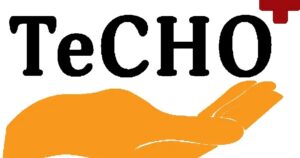
Do Alec and Kaleb Get Paid for Commercials
Alec Cabacungan and Kaleb Wolf De Melo Torres have become well-known faces through their appearances in commercials for Shriners Hospitals for Children. Their inspiring stories and charismatic presence have captured the hearts of many. However, a question that often arises is whether Alec and Kaleb get paid for these commercials. This article delves into their journey, their roles in commercials, and the financial aspects of their appearances.
Table of Contents
The Inspirational Journeys of Alec and Kaleb
Alec Cabacungan: Overcoming Osteogenesis Imperfecta
Alec Cabacungan was born with Osteogenesis Imperfecta (OI), a rare genetic disorder characterized by fragile bones that break easily. Despite facing more than 60 bone fractures and undergoing numerous surgeries, Alec has become an emblem of resilience and hope. His journey with Shriners Hospitals began when he was just two months old, and since then, he has received extensive medical care, including surgeries, consultations, and rehabilitation.
Alec’s association with Shriners Hospitals for Children has not only helped him physically but also provided him with a platform to raise awareness about OI and the work done by the hospitals. He has been a spokesperson and ambassador for Shriners, appearing in numerous commercials that highlight the hospital’s mission and the impact of their care on children’s lives.
Kaleb Wolf De Melo Torres: A Beacon of Hope
Kaleb Wolf De Melo Torres was born with arthrogryposis, a condition that affects joint mobility. Like Alec, Kaleb’s early life was marked by numerous surgeries and intensive rehabilitation at Shriners Hospitals. His cheerful disposition and determination to overcome his physical limitations have made him a beloved figure in the Shriners community.
Kaleb’s commercials often showcase his progress and the activities he can now enjoy thanks to the specialized care he received. From taking his first steps to participating in sports, Kaleb’s journey is a testament to the transformative power of medical care and the spirit of perseverance.
Roles in Shriners Commercials
Raising Awareness and Funds
Alec and Kaleb’s commercials play a crucial role in raising awareness about the services provided by Shriners Hospitals for Children. These ads not only highlight the medical challenges faced by children with conditions like OI and arthrogryposis but also showcase the positive outcomes made possible by the hospitals’ care.
The commercials serve as powerful fundraising tools, helping to generate donations that fund the hospitals’ operations. By sharing their personal stories, Alec and Kaleb help viewers understand the importance of supporting medical facilities that provide specialized care to children in need.
Spreading Messages of Hope and Resilience
The commercials featuring Alec and Kaleb are not just about fundraising; they also spread messages of hope and resilience. These ads show that, despite severe medical challenges, children can lead fulfilling lives with the right care and support. Alec and Kaleb’s cheerful and optimistic attitudes inspire other children facing similar conditions and provide reassurance to their families.
Engaging a Broad Audience
Alec and Kaleb have become social media influencers with significant followings across various platforms. Their natural charisma and authentic storytelling make them effective communicators. Brands and charities value their ability to connect with a broad audience, which includes not only potential donors but also families seeking support and information about medical conditions.
Financial Compensation for Commercial Appearances
Industry Standards and Regulations
In the entertainment industry, it is standard practice for individuals appearing in commercials to receive compensation. Alec and Kaleb, despite their young age, are no exception. Their earnings are typically governed by industry regulations, including those set by the Screen Actors Guild – American Federation of Television and Radio Artists (SAG-AFTRA).
Types of Compensation
There are several models of compensation for commercial appearances, which include:
Flat Fees
Alec and Kaleb likely receive flat fees for their participation in each commercial. This one-time payment is negotiated based on factors such as the scope of the project, the duration of the shoot, and their popularity.
Usage Fees
In addition to flat fees, usage fees may be paid for the various platforms where the commercials are aired. These fees take into account the geographic reach of the advertisement, the number of airings, and the media channels used.
Royalties
For highly successful campaigns, royalties may be part of the compensation structure. This means Alec and Kaleb could receive a percentage of the revenue generated by the commercial’s airtime or impressions.
Trust Funds and Financial Management
Given that Alec and Kaleb are minors, their earnings are subject to specific regulations designed to protect child actors. In the United States, a portion of their earnings is typically placed into a trust fund, known as a Coogan account, which they can access upon reaching adulthood. This ensures that the money earned is safeguarded for their future use.
Earnings from Endorsements and Partnerships
Beyond their work with Shriners Hospitals, Alec and Kaleb have secured partnerships with major brands such as Nike, Pepsi, and McDonald’s. These endorsements significantly boost their earnings and provide additional financial security.
The Role of Talent Agencies
Alec and Kaleb are likely represented by talent agencies that handle the negotiation of their commercial contracts and endorsements. These agencies ensure that the compensation reflects the value they bring to the brands and organizations they represent.
The Impact of Their Work
Personal Growth and Development
While the financial compensation is a significant aspect, the impact of their work goes beyond money. Alec and Kaleb have grown into articulate, confident individuals who can share their stories with a wide audience. Their work in commercials has provided them with public speaking experience, media training, and a platform to advocate for children with similar conditions.
Inspiring Others
Alec and Kaleb’s stories inspire countless individuals facing medical challenges. By sharing their journeys, they provide hope and motivation to children and families dealing with similar conditions. Their resilience and positive attitudes demonstrate that it is possible to overcome significant obstacles and lead fulfilling lives.
Advancing Medical Research and Support
The funds raised through the commercials and the awareness generated help Shriners Hospitals for Children continue their mission. This includes not only providing care but also conducting medical research and developing new treatments for conditions like OI and arthrogryposis. Alec and Kaleb’s involvement directly contributes to these advancements.
Enhancing Public Perception of Disabilities
Through their visibility, Alec and Kaleb challenge stereotypes about disabilities. They show that children with physical challenges can be active, joyful, and capable of achieving great things. This helps shift public perception and promotes a more inclusive society.
The Future for Alec and Kaleb
Continued Advocacy and Influence
As Alec and Kaleb grow older, they are likely to continue their roles as advocates for children with medical conditions. Their established platforms and influence will enable them to reach even larger audiences and contribute to broader societal changes.
Expanding Career Opportunities
Both Alec and Kaleb have expressed interests beyond their current roles. Alec, for instance, is studying sports broadcasting, a field he is passionate about. Their early exposure to media and public speaking will undoubtedly open doors to diverse career opportunities in the future.
Long-Term Financial Stability
The financial compensation from their commercials and endorsements, managed wisely, can provide long-term financial stability. This ensures that Alec and Kaleb can pursue their educational and career goals without financial constraints.
Conclusion: Do Alec and Kaleb Get Paid for Commercials
Alec Cabacungan and Kaleb Wolf De Melo Torres have become iconic figures through their appearances in Shriners Hospitals for Children commercials. Their work not only raises awareness and funds for the hospitals but also spreads messages of hope and resilience. While they do receive financial compensation for their appearances, the impact of their work extends far beyond monetary rewards. Alec and Kaleb’s journeys inspire others, challenge perceptions about disabilities, and contribute to the advancement of medical research and support. As they continue to grow and influence, their stories will remain powerful testaments to the strength of the human spirit.



